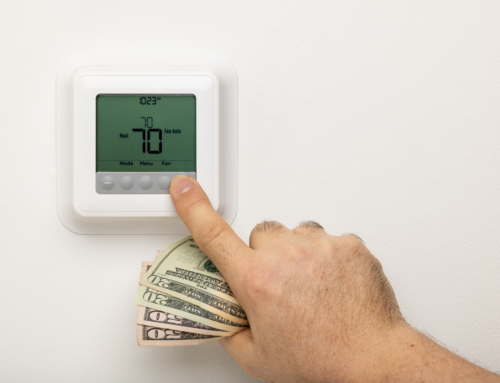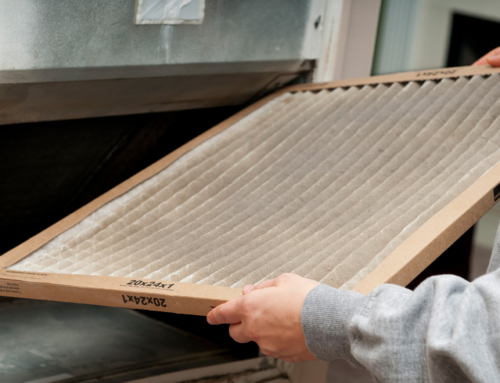It is uplifting to see just how many people around the globe are becoming more environmentally conscious. We’re all learning to be more eco-friendly so that we can create sustainable conditions that will last several lifetimes. Because of this, many people today are making Net Zero the goal for their homes.
What is Net Zero?
The purpose of having a Net Zero life is to bring your lifestyle in perfect balance with nature. This means that any resources used to run your household should be those that can be easily replenished so that its use does not create a deficit in the natural world. To accomplish this, we learn to use our resources differently. If you are currently using a resource that cannot be easily replenished, then you can seek out alternative resources that can keep nature in balance.
Many people do not realize just how much of an impact our daily lives can have on the environment. The good thing is that there are plenty of easy ways to “test the water” with a net zero lifestyle. Many of them are outlined below:
- Energy: We all want the convenience that energy brings to our homes, but there are some forms of energy that can create a negative effect on our surrounding nature. Using fossil fuels to heat our homes and power our devices has long been known to create a huge deficit in many ways. However, by switching to using solar, wind, and hydro-energy, we can be equally efficient at running our household but put less strain on the global climate. While we may one day run out of fossil fuels, the energy found from the sun, wind, and water are limitless. These are renewable resources that will not only save the environment but save us money too.
- Waste: How we dispose of waste can also have a negative impact on the environment. There are a couple of practices we can partake in when it comes to the way we deal with waste, such as recycling wisely, and reusing or repurposing containers whenever possible. To achieve a Net Zero status, be conscious of the items you purchase; only purchasing things that can either be recycled or repurposed in your day-to-day life. That means finding ways to reduce the waste we accumulate from our kitchens, bathrooms, laundry rooms, and even from our yards.
- Energy efficient windows: This is one area where you can really make a difference. During the summer, you will most likely want to keep the heat out, while in the winter, to keep the heat in. One of the ways in which this can be achieved is through glass coating, commonly known as low emissivity glass, which is able to block roughly 90% of sun rays coming through the windows. In fact, by using the right type of spacers, coatings, and glass, you can save a considerable amount of money that is spent on air conditioning and heating.
- Tankless Water Heaters: While tankless water heaters are more expensive than their counterparts, they do save you money in the long run. For example, Energy.gov stated that homes which use 41 gallons or less of water on a daily basis can be more energy efficient than the typical storage tank water heaters. This is an increase in efficiency of about 24% to 34%!
- Energy efficient light bulbs and lighting: Great strides have been made in creating energy efficient lighting, and this can be seen with the LED light bulbs which have replaced the incandescent light bulbs. According to the US Department of Energy, LED light bulbs, when rapidly adopted, can save hundreds of millions of tons of greenhouse gases from entering into the atmosphere. These light bulbs can also save you a lot of money in energy costs due to their durability. Over the years, LED bulbs have also dropped considerably in cost.
- Whole house fans: One of the big advantages of a whole house fan is its ability to use up to 90% less energy than your air conditioning unit. However, keep in mind that this can only be effective if the outside air is far cooler than the air inside the house. Whole house fans are normally installed on the attic floor, close to the center of the house. During the early mornings or late in the evenings, the fan turns on and gets rid of the hot air inside the house, which is then replaced by cooler air that enters through the open windows.
- Insulation: One of the most practical and cost-effective ways to create an energy efficient home is through proper insulation, as this will act as an effective barrier against the loss of heat or in maintaining a cool home during the hot months. By using the right type of insulation practices and materials, it is possible to save up to 80% of heating and cooling losses, also saving you a lot of money in the long run.
- Water: Unlike sunshine and wind, the earth does not have an unlimited supply of water. Therefore using a more holistic approach to protect and preserve our water source could help preserve this precious resource for the long-run. Fixing any leaks that may be occurring around your home should be your first objective, but beyond that, there are more than enough lifestyle changes one can make. Taking shorter showers or installing a low-flow showerhead can save untold gallons of water per family. Another effective method is to avoid running the water while you brush your teeth or shave.
To help you come up with a good Net Zero plan for your home, A-1Guaranteed.com has a wide range of appliances and strategies that have already helped thousands to create a more energy efficient lifestyle for their homes.






